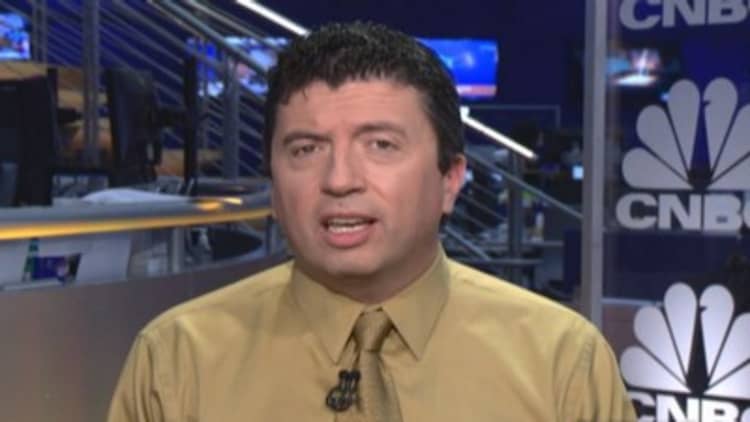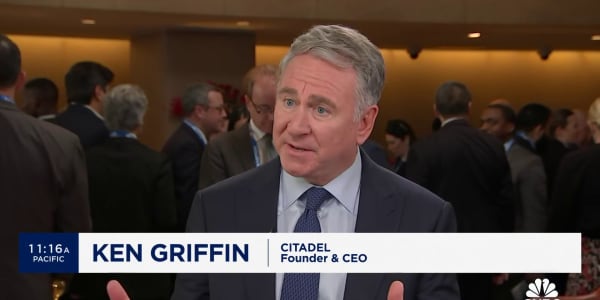
There's just no making sense of the government bond market.
At a time when strategists are treating Treasurys like a patch of poison ivy growing in the blooming stock market garden, investor money continues to rain in.
"When you think you have things figured out and you play your hand, something seems" to change, Kim Rupert, managing director of global fixed income analysis for Action Economics, said in an interview. "What seems to hurt the most people the most amount seems to come back into play."
In the broad view, bond bears would seem to have logic on their side.
After a decades-long bull market, fixed income seemed to be ready for retreat. Unprecedented intervention from the Federal Reserve to keep interest rates low are coming to a close, with the central bank unwinding its monthly bond-buying program and likely to start increasing short-term rates in another year or so.
Read MoreWhy stocks and bonds could duke it out all summer
At the same time, economic consensus holds a generally bright view for the economy, which itself is supposed to push rates higher, and inflation has been on a gradual increase as well.
Yet the market doesn't seem to be listening.
The 10-year yield is up about 0.11 percentage points in June but remains at just 2.63 percent, well below the 3 percent starting point in 2014.
As for fund flows, bonds in general have seen a positive year, and Treasurys have done particularly well.
Read MoreGundlach: Take another look at US Treasurys
The iShares 20+ Year Treasury Bond exchange-traded fund has seen inflows of $1.84 billion this year, according to ETF.com, and has gained about 9 percent—far better than the stock market index's rise of 5.4 percent. As for the shorter end of the curve, the iShares 7-10 Year Treasury Bond has reeled in close to $6 billion for the year—the most of any ETF—though it has gained just 3.2 percent so far. The ProShares Ultra 7-10 Year Treasury has taken in a respectable $1.88 billion as well.
Read MoreGoldman reveals 'pockets of opportunity'
At the bottom of the bond market's mystery appears to be some extenuating factors that may not last.
For one, European Central Bank President Mario Draghi's announcement last week that the institution will do its own version of quantitative easing and introduce negative interest rates for bank reserves has put a lid on rates at least for now.
Also, investors who built massive short positions on Treasurys—and continue to do so—have had to cover their losses, which in turn has triggered the aforementioned fund flows.
In the long run, though, going long Treasurys still looks like a risky bet.
Tuesday's three-year auction saw mediocre demand and yield that was a bit higher than the market anticipated, perhaps an indication that thirst for government debt is starting to wane.
"While the Fed will do their best to wait as long as possible in raising rates, the recently upward-moving inflation figures along with the unemployment rate, which has been dropping by an average of about one-tenth per month over the past few years, will put major pressure on their hoped-for exit timeline," Peter Boockvar, chief market analyst at The Lindsey Group, said in a note.
The result has been an outpouring of bearish sentiment for government bonds, despite the positive performance this year. Morgan Stanley, for one, proclaimed Monday that it is "maximum underweight" in its allocation to Treasurys.
Read MoreA warning from the 'father of the VIX'
Translation for investors: Tread carefully when deciding whether to join the first-half 2014 run into government debt.
"I would hate to (buy) at these prices, but then you look at Spain with a 10-year trading through the Treasury," Rupert said. "There's so much money out there. It has to go somewhere."






